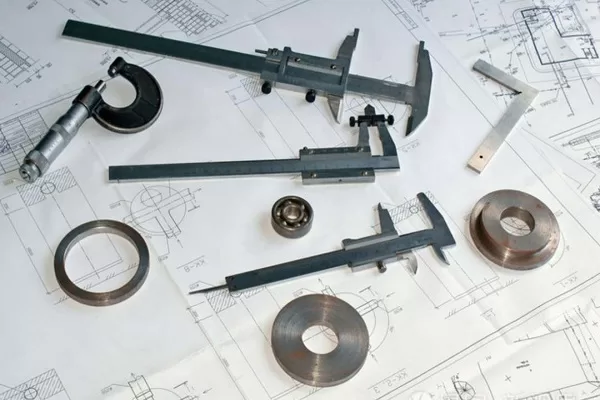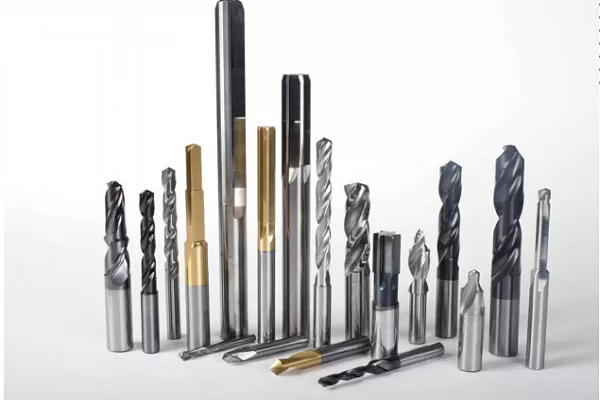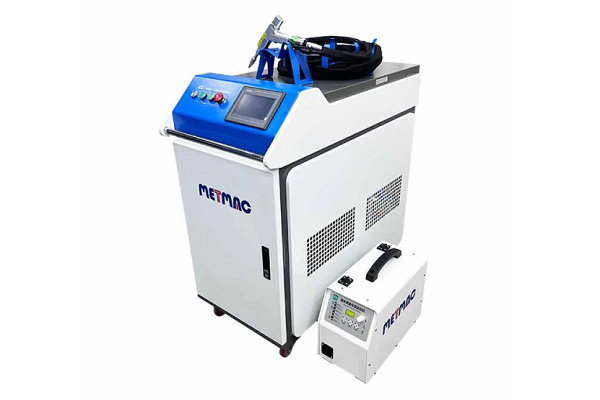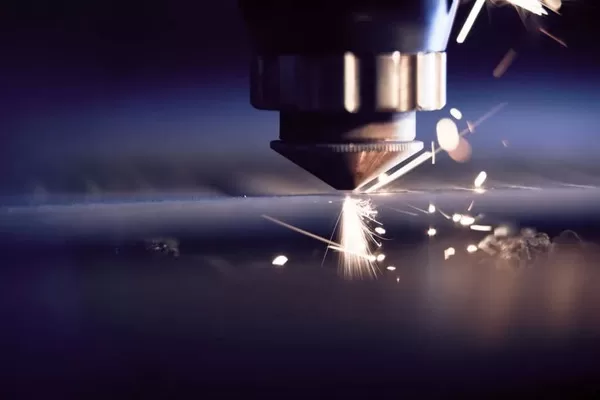
Best Practices for Material Handling in Sheet Metal Pressing
- By:Metmac
- 2024-05-09
- 109
Introduction
Material handling is a crucial aspect of sheet metal pressing, directly impacting efficiency, safety, and overall productivity. Best practices for material handling ensure smooth and efficient operations, minimize downtime and accidents, and optimize resource utilization. This article outlines essential best practices to elevate material handling in sheet metal pressing facilities.
Planning and Organization
Establish Designated Areas: Establish specific zones for receiving, staging, pressing, and finished goods to maintain organized flow and prevent congestion.
Implement FIFO System: Employ a First-In-First-Out (FIFO) system to avoid material aging and ensure timely usage of stock.
Optimize Storage: Utilize space effectively by implementing vertical storage solutions, racking systems, and other storage aids to maximize capacity.
Material Handling Equipment
Select Appropriate Equipment: Choose forklifts, cranes, or hoists that meet the specific weight and size requirements of sheet metal stock and equipment.
Maintain Equipment Regularly: Conduct regular maintenance, inspections, and repairs to ensure equipment reliability and minimize breakdowns.
Invest in Ergonomics: Consider ergonomic material handling equipment to reduce strain and minimize risk of injuries for operators.
Safety Measures
Implement Proper Handling Techniques: Train operators on proper handling techniques to prevent damage to materials or equipment and ensure safety.
Provide Adequate Lighting: Ensure sufficient illumination throughout the facility to enhance visibility and prevent accidents.
Enforce Safety Protocols: Establish and enforce clear safety protocols for lifting, moving, and storing materials to minimize hazards.
Inventory Management
Establish Inventory Control System: Implement a robust inventory control system to track material levels, order replenishments, and prevent shortages.
Utilize Technology: Explore automated inventory management systems or RFID tracking to streamline inventory processes and improve accuracy.
Optimize Supply Chain: Collaborate with suppliers to minimize lead times and ensure timely delivery of materials.
Training and Awareness
Train Operators Thoroughly: Provide comprehensive training to operators on best practices for material handling, safety protocols, and proper equipment usage.
Regularly Refresh Training: Conduct periodic refresher training sessions to reinforce best practices and address any emerging issues.
Foster a Culture of Safety: Encourage a culture that values safety and encourages employees to report any concerns or potential hazards.
Conclusion
Implementing these best practices for material handling in sheet metal pressing can significantly enhance operations, improve safety, and optimize productivity. By planning and organizing material flow, selecting appropriate equipment, prioritizing safety, managing inventory effectively, and investing in training, businesses can create a streamlined and efficient material handling system that supports their manufacturing processes.
-
The Advantages of Using a Sheet Roll Forming Machine in Manufacturing
2024/09/14 -
How to Optimize Your Laser Sheet Cutting Machine for Maximum Performance
2024/09/12 -
How to Maximize Efficiency with Modern Sheet Metal Working Machines
2024/09/04 -
The Environmental Benefits of Using Duct Board Grooving Machines
2024/09/03
-
A Guide to the Latest Innovations in Sheet Metal Folding Machines
2024/11/29 -
Key Features to Consider When Investing in a Sheet Metal Folding Machine
2024/11/28 -
Enhancing Precision with Advanced Sheet Metal Folding Machines
2024/11/27 -
How to Choose the Right Sheet Metal Folding Machine for Your Workshop
2024/11/26



